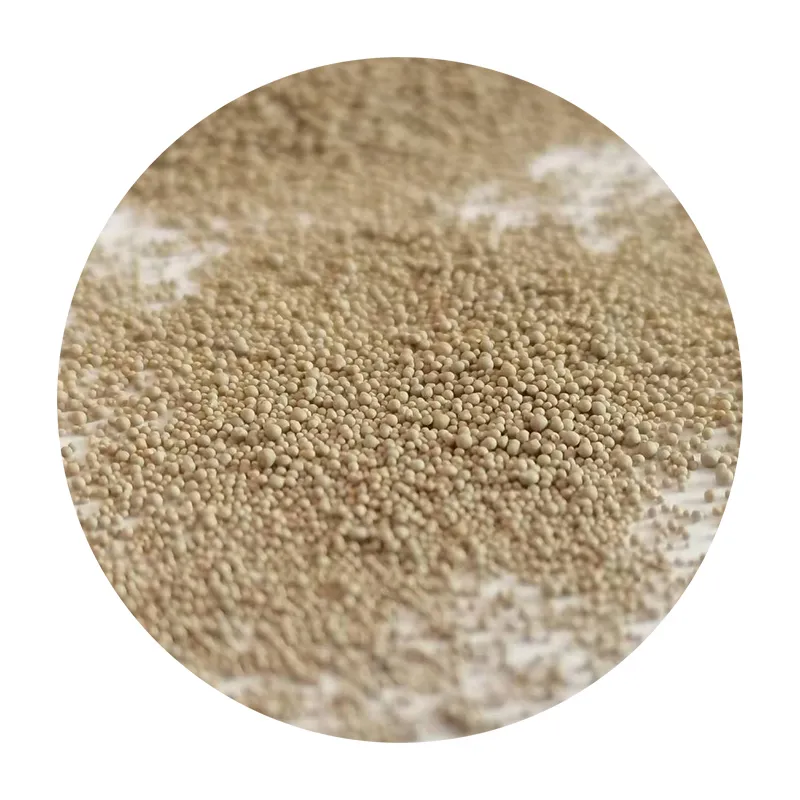The Difference Between Sand Casting and Permanent Mold Casting
Casting is a fundamental manufacturing process that involves pouring molten material into a mold to form an object. Two popular methods within this casting realm are sand casting and permanent mold casting. While both techniques serve the same purpose of creating components, they differ significantly in their processes, materials, and applications.
Sand Casting
Sand casting is one of the oldest and most widely used metal casting processes. In this method, a mold is created using a mixture of sand and a binding agent, commonly clay. The sand is shaped to form the cavity of the desired part, and once the mold is assembled, molten metal is poured into it. After cooling, the sand is removed, revealing the cast component.
One of the primary advantages of sand casting is its versatility. It can accommodate a wide range of metals, including aluminum, iron, and steel, and can produce parts of various sizes, from small items to large components weighing several tons. Additionally, the sand mold can be reused multiple times, making it a cost-effective option for high-volume production. However, the surface finish of sand cast parts is typically rough, which may require additional machining processes to achieve a smoother finish.
difference between sand casting and permanent mold casting

Permanent Mold Casting
In contrast, permanent mold casting employs reusable molds made from metal, such as steel or iron. These molds are designed to withstand the heat of molten metal and can be used for a significant number of castings without degradation. The process involves preheating the mold, pouring molten metal into it, and allowing it to cool before removing the finished product.
Permanent mold casting offers superior dimensional accuracy and surface finish compared to sand casting. The metal molds provide a smoother surface, resulting in fewer defects and reduced need for post-processing. This method is particularly suitable for producing medium-sized parts with consistent quality. However, it is generally more costly than sand casting, both in terms of initial mold fabrication and the materials used.
Conclusion
In summary, sand casting and permanent mold casting are two distinct methods of producing metal parts, each with its own set of advantages and limitations. Sand casting is highly versatile and cost-effective for large or complex designs but often results in rougher surfaces. Permanent mold casting, on the other hand, excels in producing high-precision components with better surface finishes but at a higher initial investment. The choice between these methods depends greatly on the specific requirements of the project, including the desired material, tolerances, and production volume. Understanding these differences enables manufacturers to select the most appropriate casting technique for their needs.
Post time:സെപ് . 05, 2024 01:25
Next:foundry sand
